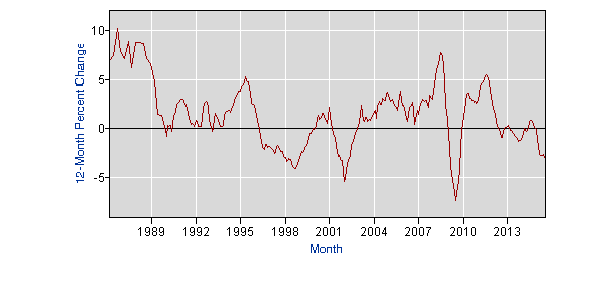Article • Dean Baker’s Beat the Press
Fact-based, data-driven research and analysis to advance democratic debate on vital issues shaping people’s lives.
Center for Economic and Policy Research
1611 Connecticut Ave. NW
Suite 400
Washington, DC 20009
Tel: 202-293-5380
Fax: 202-588-1356
https://cepr.net
Federal Reserve Chair Janet Yellen gave a speech yesterday in which she referred to the value of the Fed’s 2.0 percent inflation target and warned of the uncertainty caused by any effort to raise the target to a higher rate. While having more stable prices is undoubtedly better than having less stable prices, it is a bit bizarre how this 2.0 percent has become the object of worship.
First, to those who care about such things it should be disconcerting that the inflation rate has been consistently below 2.0 percent for the last six years. That might suggest the 2.0 percent target is not all that meaningful. People who expected 2.0 percent inflation would have been shown wrong.
But what seems more striking is that while domestic inflation might be relatively stable, the rate of change of import prices is far from stable. The chart below shows the rate of change of non-oil import prices over the last three decades.
Change in Non-Oil Import Prices (prior 12 months)

Source: Bureau of Labor Statistics.
As can be seen the inflation rate for non-oil import prices fluctuate widely, for example going from -4.2 percent in the period from March 2001 to March 2002 to positive 2.4 percent in the following twelve months. (The fluctations would be larger if we included oil.) Since imports are more than 15 percent of the economy, how can these sorts of fluctuations not pose a problem, but a gradual increase from 2.0 percent to 4.0 percent inflation be a big deal? If there is some logic to the commonly held view that Yellen is espousing, it is hard to see.